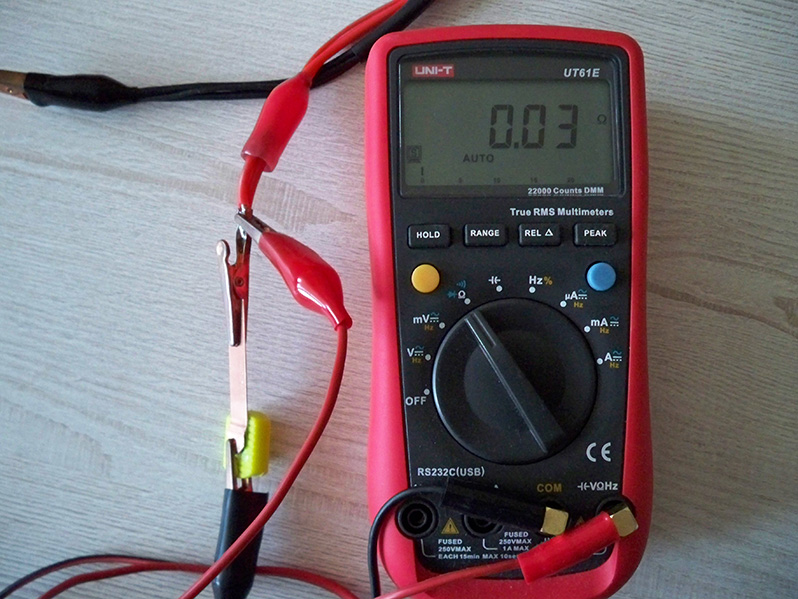I think this kind of discussion is very beneficial for all of us, who are interested in battery testing. I we have been testing battery testing for the past 10 years. I started without any experiences and more important without any advices from more experienced colleagues. The result was as expected that for the first 4 years I have measured totally useless nonsenses.

Which is sad, especially when measuring cycle life test, where 1000 cycles with 0.5C-1C setting took about 6 months.
For this particular problem I add some theory:
1) The 4-wire principle of cell connection to the tester is crucial and so the design of cell holder/fixture is also crucial. Especially for reliable repeatability of measurement. The most important is complete isolation of the voltage sensing from the chg/dchg current flow. The most reliable way to achieve this for small cylindrical cells is the fixture contact terminal with the inner insulated needle for voltage sensing.
2) If you have isolated voltage sensing, directly connected to the cell surface, you do not have much to worry about the contact or wire resistance within the current path. It actually does not matter for the current measurement where the power is disipated. The only problem with higher terminal contact resistance is the local heat production on the cell surface.
Here you can see the idea of an "optimal" design of small cylindrical cell connection. The roughened surface combined with smaller pressure is always more reliable than flat connection under high pressure. Similar design is commonly used by professional companies like Arbin or Novonix.

The manufacturing quality of the cell fixture is also crucial. Any misalignment of the cell in the fixture can cause significant measurement error. There are available few types of cell fixtures using this design but most of them suffers from poor manufacturing quality which leads to the problem with cell alignment within the fixture. This BF-2A fixture available on Fasttech or Aliexpress is one with the satisfactory manufacturing quality.







